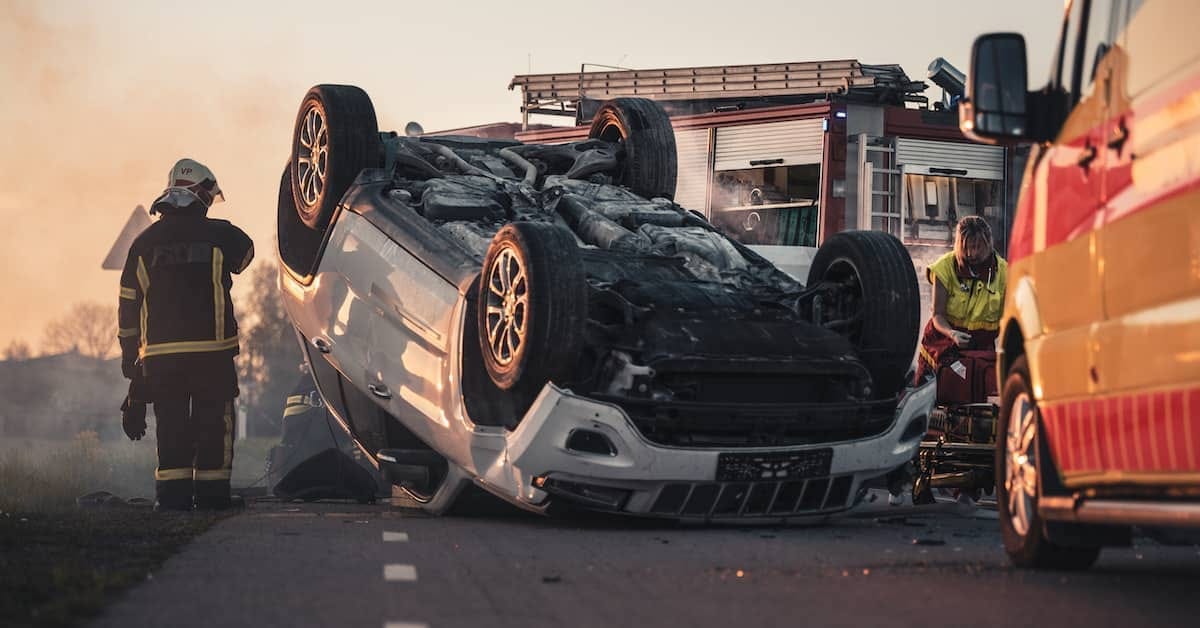Uber and Lyft revolutionized what we in Brooklyn used to call "car service." In NYC, the law grants exclusive right (some might call it a state-sponsored-monopoly) to pick up street hails to “medallion cabs,” i.e. yellow taxis. Their quantity and the rates they charge are strictly constrained, therefore market dynamics ended up concentrating them in Manhattan and at the airports. While drivers were by law prohibited from refusing a fare to anywhere in the city, in practice some would refuse you if you hopped in and said "take me to Rockaway Beach." Worse, the odds of seeing an available yellow cab anywhere outside of the Battery-to-125th Street subset of Manhattan or in a queue at JFK or La Guardia were negligible.
This led to the emergence of the "car service" business. In contrast to town cars and limousines, which catered to higher-end clients and charged higher-end rates, car services had standard sedans and rates reasonable enough that Granny in Bensonhurst could afford calling for one to take her to and from church on Sundays.
But, you had to call, and you had to wait.
NYC tried to address this with its "green taxi" program. The green cabs were not allowed to pick up street hails in Manhattan, though they could deliver people there. That program started in 2013, and sure as the sun rises, they, too, accreted in some neighborhoods and were nonexistent in others. Coincidentally or perhaps not, that's around the time that Uber's impact on the market became noticeable.
A "medallion," i.e. one of the 13587 licenses to operate a yellow taxi in NYC, cost $25K in the early 60s. It peaked at a bit over a million dollars a decade ago, but plummeted in value since then to a bit over $100K. That plummet was precipitated by the advent of ride-sharing services like Uber and Lyft. The ability to order one from your smart phone, and the improved response time offered by a mix of quantity and technology, made for a giant leap forward from the "car service" model of previous decades.
It also offered great economic opportunity to a lot of people. For a few hundred bucks in license and permit costs (and, of course, a car), anyone could become an Uber driver - either full time or as a side-hustle. A quick internet search suggests that at least 70% of ride-share drivers work part-time.
The industry has had its inevitable growing pains, and the basics of supply and demand have done their dispassionate work, so it's not a panacea.
Nothing ever is, of course.
But, because it's not a panacea, meddling politicians, who are easy prey for anti-market and anti-liberty special interests, do what they do. Because "gig economy" rhymes a lot with "individual liberty" and "free market," it became the target of do-gooders and their puppetmasters. They applied the same fallacious thinking behind minimum wage laws (the real minimum wage is always zero, market distortions benefit some at the greater expense to the whole, and the least skilled/experienced workers are hurt the most).
The most recent? Minneapolis is on the verge of passing a driver pay law so onerous that it would prompt Uber and Lyft to simply pick up and leave.
Politicians are notorious for ignoring the fact that changing rules changes behavior, in no small part because they know that voters don't pay as much attention to consequences as to intent. It's really easy to blame "greedy corporations" and bloviate about living wages, because useful idiots all over social media repeat those catchphrases like Orwellian sheep.
The proposed Minneapolis rule is so drastic that the ride-sharing services would rather cease operating than suck up the revenue loss, but in other places, politicians "plucked the goose" more carefully, so the market adjusted (it always does) differently.
Most often, artificially-increased costs (see: corporate taxes) are shifted to the consumer. Consumers, in turn, alter their behaviors (if something costs more, less of it will be purchased).
An optimistic thinker might pretzel-logic his way to "prices and wait times might increase, but that's OK if it means drivers make a living wage."
Here's where reality intrudes.
A 2019 study found that the availability of ride-sharing services reduced drunk-driving fatalities by 6%. In 2023, 10.5K died due to drunk driving, meaning that over six hundred lives were saved by the existence of Uber and Lyft - in that year alone.
By increasing scarcity via market distortions, the government is ensuring that some drunks who might have called an Uber will either not be willing to wait or not be willing to pay more, and some of them will either die or kill someone.
How many deaths? We can only estimate, but it won’t be zero.
Unintended consequences, indeed.
The study also translated those deaths into dollars, and found that this particular aspect of ride-sharing was as much as a $5B boon to the economy. So, beyond the body count, the economy suffers beyond the aggregate damage caused by high minimum wage rules. Benefits for a few at greater expense to the many. Or, Other People's Money, ride-sharing edition.
The most dangerous place in the world is between a politician and your wallet.



Indeed, and it's not just "the drunks" who die...
Central planning at its finest. Gotta love it /s
The medallion price reminded me of a Quantum Leap episode where Sam was a taxi driver and was trying to "win" a medallion. Kinda made me appreciate what they and other ride share drivers do